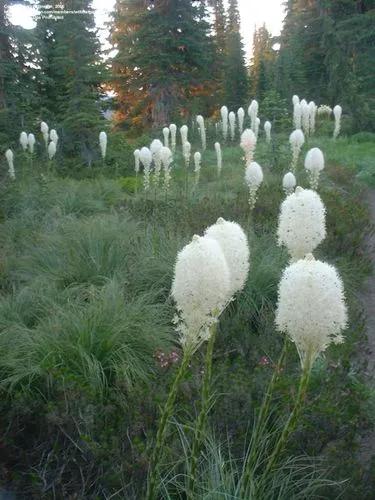Urospermum dalechampii reaches on average 25–40 centimetres (9.8–15.7 in) of height, with a minimum height of 10 centimetres (3.9 in) and a maximum height of 50 centimetres (20 in). This plant is quite hairy, with a single or branched stem. Basal leaves are usually arranged in a rosette of toothed leaves, while cauline leaves are just a few and smaller, more or less undivided and amplexicaul. The flowers are hermaphrodite. The flower heads are yellow sulfur, about five centimeter wide. Involucral bracts vary from seven to eight. Blooms are abundant throughout the Spring. The flowering period extends from March through August. The long, beaked fruit is an achene, and has a feathery, slightly reddish pappus
Smooth Golden Fleece Care
Urospermum Dalechampii



What is the plant
How to Care for the Plant

Water

Water the plant only when the soil is dry. Water deeply to saturate the roots, using a garden hose at the base of the plant to keep the foliage as dry as possible

Pruning

The plant requires no pruning and is generally disease and pest resistant.

Fertilizer

Feed the plants every four to six weeks, using a general-purpose granular or liquid fertilizer. Like all annuals, Dahlburg daisies require ample nutrition to sustain them through a busy blooming season.
Ease your plant care routine with PlantIn's personalized system.

Popularity

57 people already have this plant 20 people have added this plant to their wishlists
What's wrong with your plant?
Related Plants
Discover more plants with the list below
Popular articles






